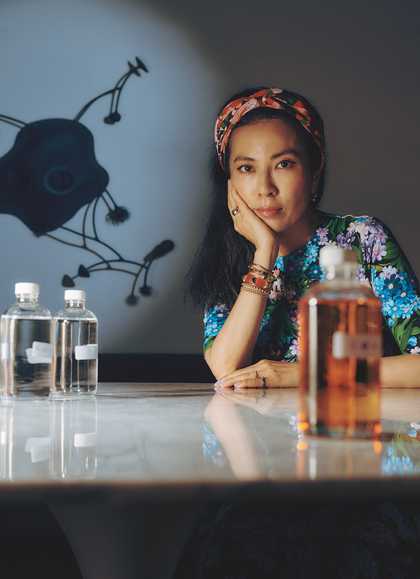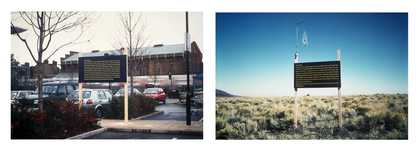In her work, Anicka Yi explores the merging of technology and biology. She uses the senses to question what is shared between humans and other forms of intelligence. Her works explore how we learn and how we negotiate our environment.
This event is a chance to hear the artist talk about the commission and to ask questions. It will be moderated by Achim Borchardt-Hume, Director of Exhibitions and Programmes at Tate Modern.



